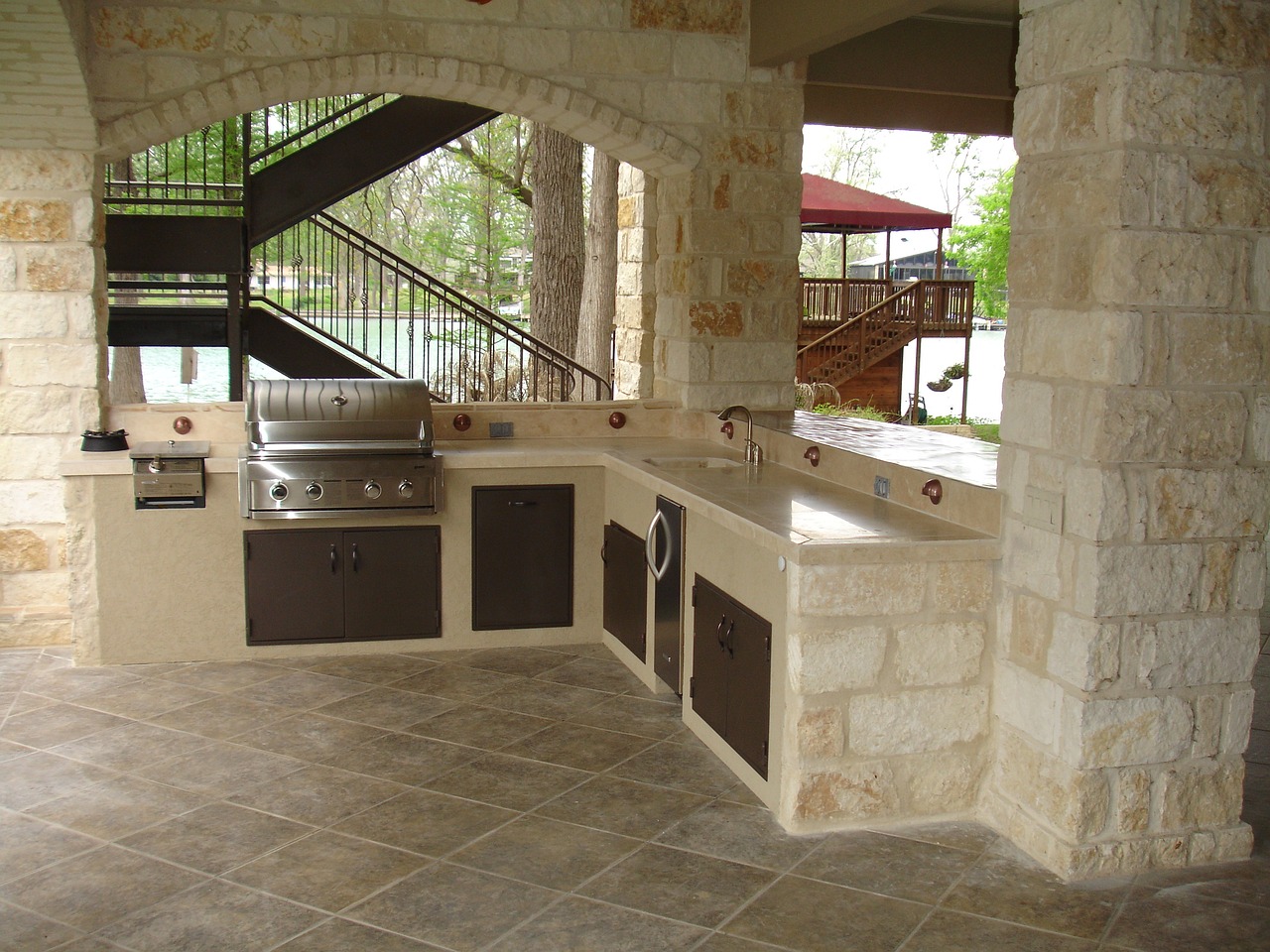Three Remodeling Projects That Will Increase Your Home’s Value
Most people start a remodeling project to improve an area of their home, but they also hope the finished project will add real value.
Remodeling your house can vary from small improvements to the addition of an entirely new room. But not all remodels will create the same amount of value.
For example, the installation of a sauna might improve the quality of life for a homeowner, but it’s not going to have a big effect on the home’s overall value. On the other hand, adding a brand-new kitchen or master bath could increase a home’s value by thousands of dollars.
If you’re planning a home remodel with the intention of adding value to your home, you should consult with a highly rated remodeling company and talk to local realtors or appraisers to see if your project will meet your perceived goals.
“I like to always say that you want to concentrate on what people like to look for the most,” says Alessandro Ferreguetti, owner of the highly rated United Remodeling in Brighton, Mass. “It’s usually the areas of comfort and areas where people hangout the most.”
Ferreguetti says those areas usually include kitchens and bathrooms because they are the places where people envision they will spend the most time.
Nick Reynolds, owner of Eye 4 Design and Renovation in Eagle Rock, CA., offers his top three remodeling projects to add value to a home:
- The #1 value project is definitely the bathroom. A bathroom can be remodeled for less than a kitchen and give added value to the same extent.
- A kitchen is the first place people go when they are looking to buy a house. The trick with the kitchen is to not go overboard because a $20,000 remodel might get you the same value as a $75,000 remodel.
- Exterior improvements and landscaping. The exterior of the house is as crucial as the kitchen. A new fence and exterior paint are relatively inexpensive and both and immediate value. Similarly, a well-designed landscape will have the same result.

